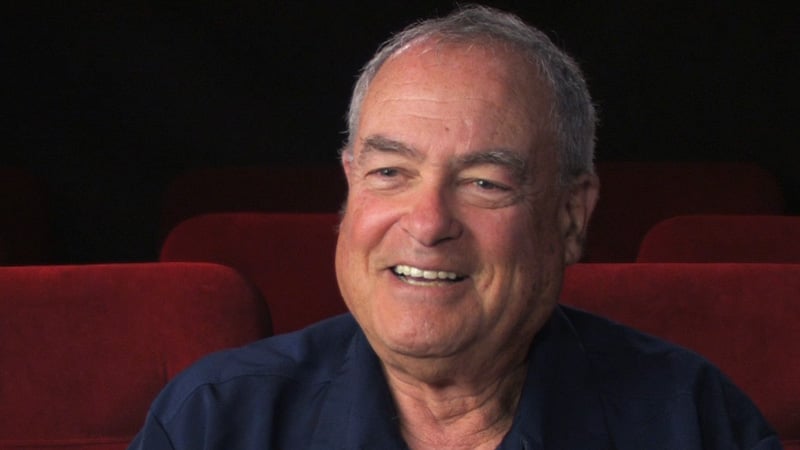Visual History with Robert J. Koster
Interviewed by:Kevin Koster
Robert Koster was born to Henry Koster, a well-known Hollywood director whose film credits include The Bishop’s Wife (1947), My Blue Heaven (1950), and Harvey (1950). Koster attended UCLA where he studied film. Upon graduation, Koster joined the Directors Guild in 1962 as a Second AD and moved to New York, working on everything from commercials, documentaries and the occasional feature film, such as Valley of the Dolls (1967), Pendulum (1969), Generation (1969), and Hello, Dolly! (1969). While in New York Koster also worked as an AD on commercial sets for the J. Walter Thompson Advertising Agency and the sets of CBS television shows. In the early 1970s Koster moved back to Los Angeles where he continued his assistant director duties, as well as working as a UPM on several productions. Koster’s film credits include Bananas (1971), The Man in the Glass Booth (1975), Futureworld (1975), Butch and Sundance: The Early Days (1979), That Was Then…This is Now (1985), and Child’s Play 2 (1990).
Koster also led an extensive career in television, working on the television movies Outrage (1973), Can Ellen Be Saved? (1974), Trilogy of Terror (1975), More Than Friends (1978), Space Force (1978), Dark Night of the Scarecrow (1981), Between the Darkness and the Dawn (1985), The Gladiator (1986), and War and Remembrance (1988), as well as the television series Quincy M.E., When the Whistle Blows, McClain’s Law, Trauma Center, Police Story, Fantasy Island, Code Name: Foxfire, and Supercarrier.
Select Viewing Option:
Highlights

Robert Koster describes how his father, Director Henry Koster, and his producing partner, Joe Pasternak, escaped the Nazis and World War II in Europe and fled to Hollywood in 1936.
Robert J. Koster / Highlight 1
Robert Koster describes how his father, Director Henry Koster, and his producing partner, Joe Pasternak, escaped the Nazis and World War II in Europe and fled to Hollywood in 1936.

With a contract with Universal for only one picture and living with the threat of having to return to Nazi Germany, Henry Koster delivered the hugely successful Three Smart Girls, which was nominated for three Academy Awards and introduced audiences to Deanna Durbin.
Robert J. Koster / Highlight 2
With a contract with Universal for only one picture and living with the threat of having to return to Nazi Germany, Henry Koster delivered the hugely successful Three Smart Girls, which was nominated for three Academy Awards and introduced audiences to Deanna Durbin.

Robert Koster recalls his work as the 1st AD on 1971's Jump, where he and Director Joseph Manduke prepared for several car racing scenes with three camera crews and 500 extras.
Robert J. Koster / Highlight 3
Robert Koster recalls his work as the 1st AD on 1971's Jump, where he and Director Joseph Manduke prepared for several car racing scenes with three camera crews and 500 extras.